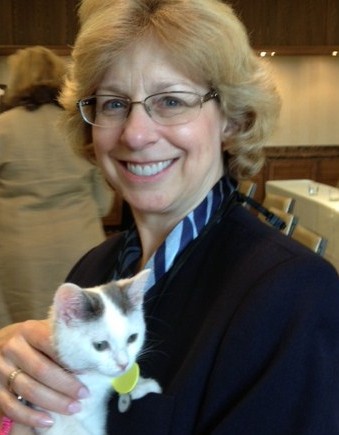While anytime is a good time to acknowledge volunteers for their dedication to helping others, National Volunteer Week provides a special opportunity to celebrate their efforts.
In support of National Volunteer Week, here are my favorite quotes on the tremendous value of volunteers.
“Volunteering is so pervasive it’s invisible. We take for granted all the things that have been pioneered by concerned, active volunteers.” Susan J. Ellis
“Volunteers … work not for money but because they want to give back, make a difference, change the world.” Sally Helgesen
“Volunteers are not servants. Volunteers are partners working together for improving America’s future.” Mayor Richard J. Daly
“At the risk of oversimplifying, we should make it a habit to treat volunteers like donors. Just as we should be appreciative for every financial gift big or small, we should be just as appreciative for every single gift of time and talent.” Vu Le
“A volunteer is like a rare gem. When placed in the right setting and cared for, they will shine and give pleasure to all who see them.” Unknown
“Volunteerism is currency that appreciates.” Susan J. Ellis
“Volunteers are precious resources. Treat them carefully and with the respect they deserve.” Sybil F. Stershic
While this next quote doesn’t specifically mention volunteers, it could have been stated with them in mind.
“If you don’t believe one person can make a difference, you have never been in bed with a mosquito.” Anita Roddick







